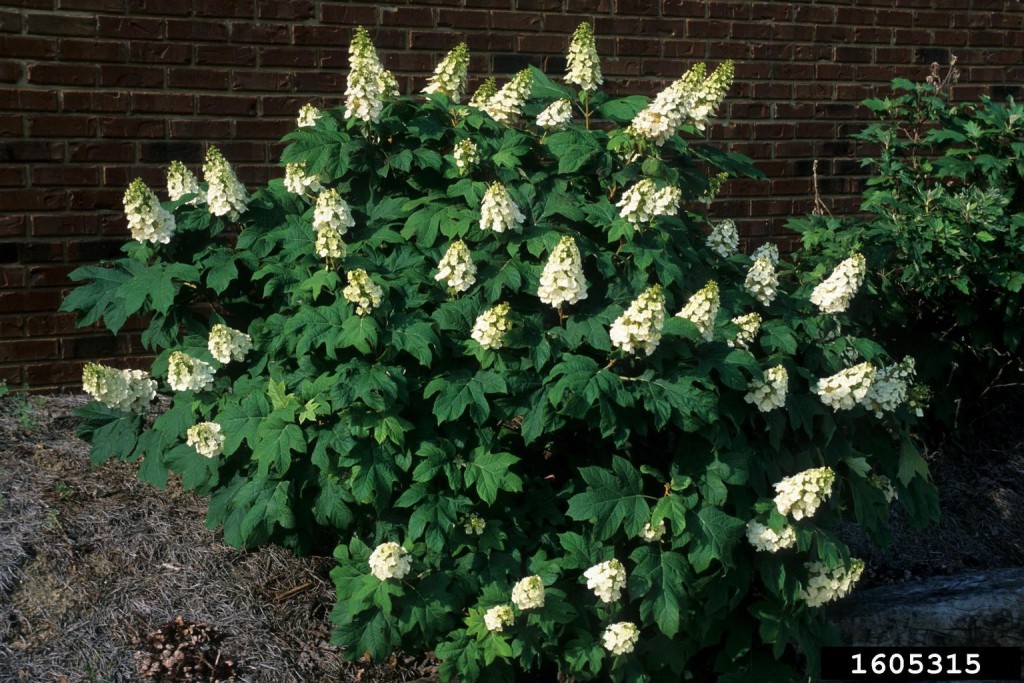Through a combination of practice and general horticultural knowledge, a homeowner can become quite adept at tending their ornamental landscape plant; however, for some gardeners, pruning may continue to be troublesome. Afterall, many plants have their own growth habit and may have a different requirement for pruning than other plants in the landscape.
For example, some shrubs have dwarf growth habits and may never require pruning, whereas other vigorous, large-growing shrubs may require frequent pruning. Indeed, the saying “anyone can prune, but not everyone prunes properly” holds some merit, as even the best of intentions can result in negative outcomes. This is particularly true with pruning.
Improper pruning practices, including pruning at the wrong time of the year, frequently results in oddly shaped plants and reduced flowering, but it may also leave plants more susceptible to winter cold injury and damage by insects and diseases.
One of the most commonly asked pruning questions that comes by my desk at the Extension office concerns when flowering ornamentals should be pruned. This is a great question and it will almost always involve me providing you with my favorite horticultural answer – “it depends.”
What I mean by “it depends” is that I need to know the name of the plant that you’re interested in pruning, as when your plant flowers will directly influence the ideal time to prune it. Many times, unless there is structural work that needs to be done, the plant can be left alone and will not need to be pruned at all.
This is important information to know because flowering ornamentals develop flower buds at different times of year, so the gardener must be aware of when their landscape plants bloom so they may adjust their pruning times be accordingly.
For example, spring-flowering plants such as azalea, dogwood, forsythia, redbud and rhododendron all set flower buds in the fall. Thus, any pruning done during the fall or winter months may decrease (or eliminate) their spring flower display.
On the other hand, plants that typically flower during the summer develop flower buds on new growth, and can therefore be pruned during the winter with no effect on their flowering. Examples of this type of plant are crape myrtle and abelia.
Unless you are an avid gardener, keeping up with when all of your landscape plants bloom may get confusing. So, to making things a bit easier, try to remember that as a general rule of thumb, plants that flower before May should be pruned after they bloom, whereas those that flower after May can be pruned just prior to spring growth.
However, just like with many generalizations, there are bound to be some exceptions. One important exception to this rule is the oakleaf hydrangea. Though the oakleaf hydrangea is a summer-flowering shrub, it forms its flower buds the previous season’s growth. Another exception would be late-flowering azalea cultivars, which bloom during May, June or even July. For the best flower display the following season, the best practice would be to prune both the oakleaf hydrangea and the azalea cultivars after they bloom.
Ornamental plants that are not grown for their showy flowers can be pruned during the late winter, spring or summer months. To avoid winter injury, avoid pruning during the fall or early winter, as removing growth before the plant become fully dormant may encourage tender new growth that is not sufficiently hardened to resist the winter cold.
Additionally, some shade and flowering trees, such as maple, dogwood, and ornamental cherry and plum trees may “bleed” after pruning, meaning they may ooze large amounts of sap from pruning wounds. The sap excreted from the tree is not harmful, but some may find it unsightly. To minimize bleeding, prune these trees after the leaves have matured. Leaves use plant sap when they expand, and the tree excretes less sap from the wound.
Ultimately, to properly prune your landscape plants, you will need to use the proper pruning tools and techniques, and you will need to have the correct timing. For more information about properly pruning your landscape ornamentals, contact the Extension office.
For more helpful hints, follow our Facebook page and sign up for the Agriculture and Natural Resources Extension Blog at: site.extension.uga.edu/fannin-gilmer
